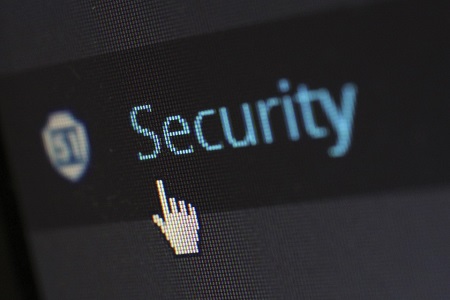Every year comes with its own top mobile trends that define the way users experience their devices and their connectivity.
Spending more time at home spiked the ways in which smartphones have been used causing these 2020 trends to soar.
This year created sharply defined device usage trends as record numbers of employees and students found themselves working and learning remotely. More than ever before, smartphones and other mobile devices provided entertainment, communication and contact-free shopping and payments experiences.
Beyond the basics, such as video chatting, NFC tap-to-pay using mobile wallets, and scanning QR codes, there were certain top mobile trends that stood out above the rest this year, particularly in terms of the number of hours users spent with them. Those other technologies were already steadily increasing in use before 2020 began, but the following additional trends managed to come into their own throughout the last several months.
The following are 3 of the top mobile trends that exploded in use in 2020.
1. iGaming
iGaming is a form of betting on the outcome or specific components of an online game or event. These include everything from the traditional online casinos to poker, sports betting, or putting money on alternative competitions and events such as on video game tournaments or even marble racing.
This year, as many in-person events were locked out or minimized due to the pandemic crisis, iGaming took off as a form of entertainment people could enjoy from home, even if their typical favorite form of entertainment was on hold for health and safety reasons.
2. Artificial Intelligence (AI)
Artificial intelligence has held a rather sci-fi reputation among top mobile trends until this year. Now, names such as Alexa, Siri, Google Assistant and Cortana have all become regular parts of our everyday lives. They are incorporated into everything from our phones to certain wearable technology, speakers and even doorbells.
They are incorporated into various types of apps to make it possible to use gadgets hands-free through voice recognition and are always fine-tuning a consumer’s shopping experience. Marketers and businesses alike are using AI to continually improve the relevance of information, ads and product suggestions displayed in front of a potential or existing customer.
3. Location-Based Technology
Smartphones have long been tracking our locations. There hasn’t been any secret about that. However, a rising number of applications are requesting permission for this activity and for very specific purposes.
Some stores use this feature so that shoppers will receive relevant promotion information once they enter the store or even move closer to a specific relevant product. Others, ride share services, for instance, use it to dispatch the nearest possible vehicle for the most efficient service.
Other apps will request this permission despite the fact that it doesn’t appear to have anything to do with their primary purpose. This is because they make their revenue from ads and having a device user’s location helps to better target those ads. When advertising is more relevant to the user – such as location-specific marketing – they are more likely to act on what they see, generating sales and therefore ad revenue for the app.
These top mobile trends have been growing exceptionally rapidly. While they may have been spurred on by the unique global situation in 2020, they are now propelling forward by their own fuel and are only likely to gain speed in 2021 and beyond.

 s also include resources on their website, issue a press release, and make spokespeople available to the media.
s also include resources on their website, issue a press release, and make spokespeople available to the media.